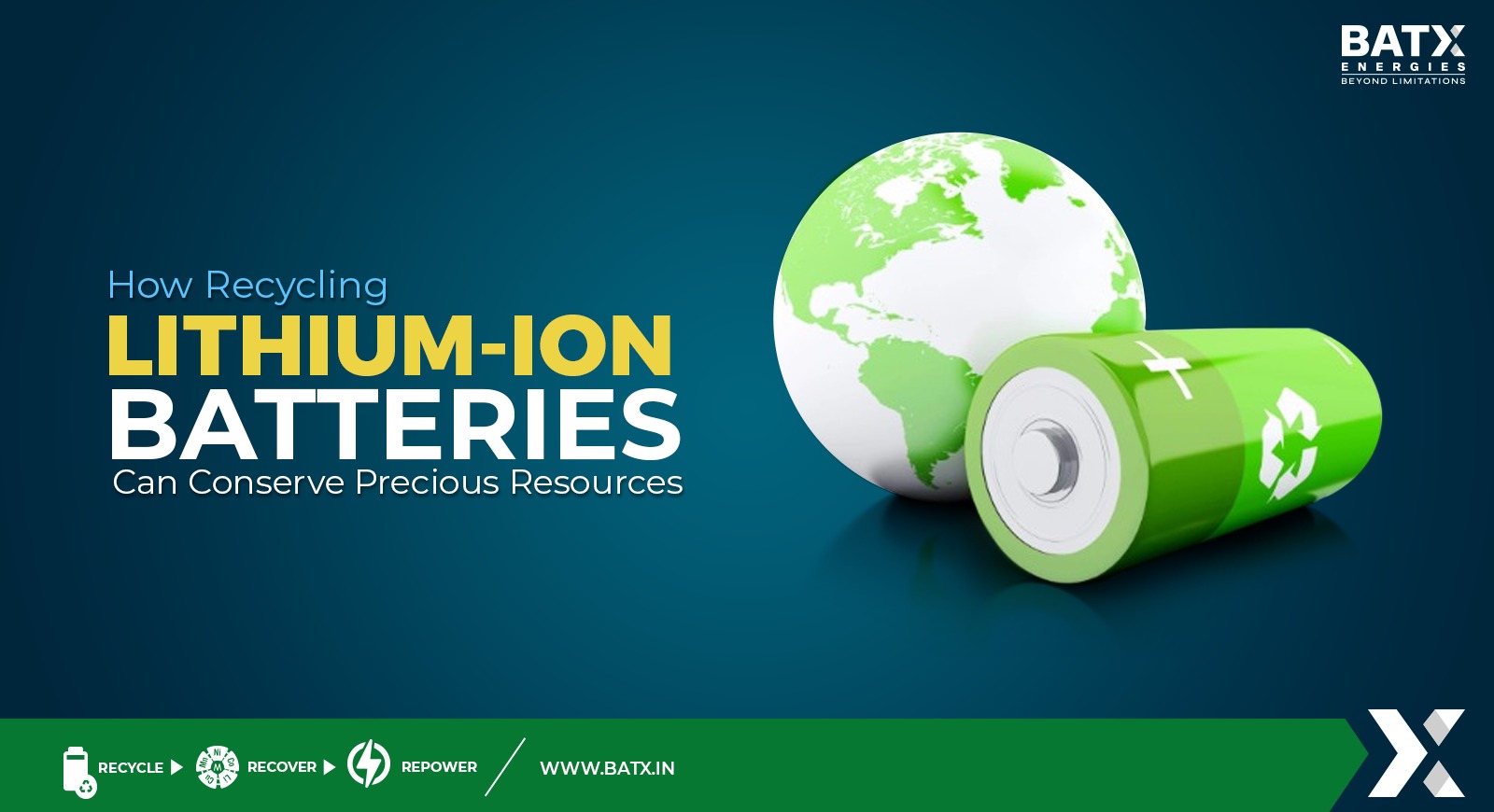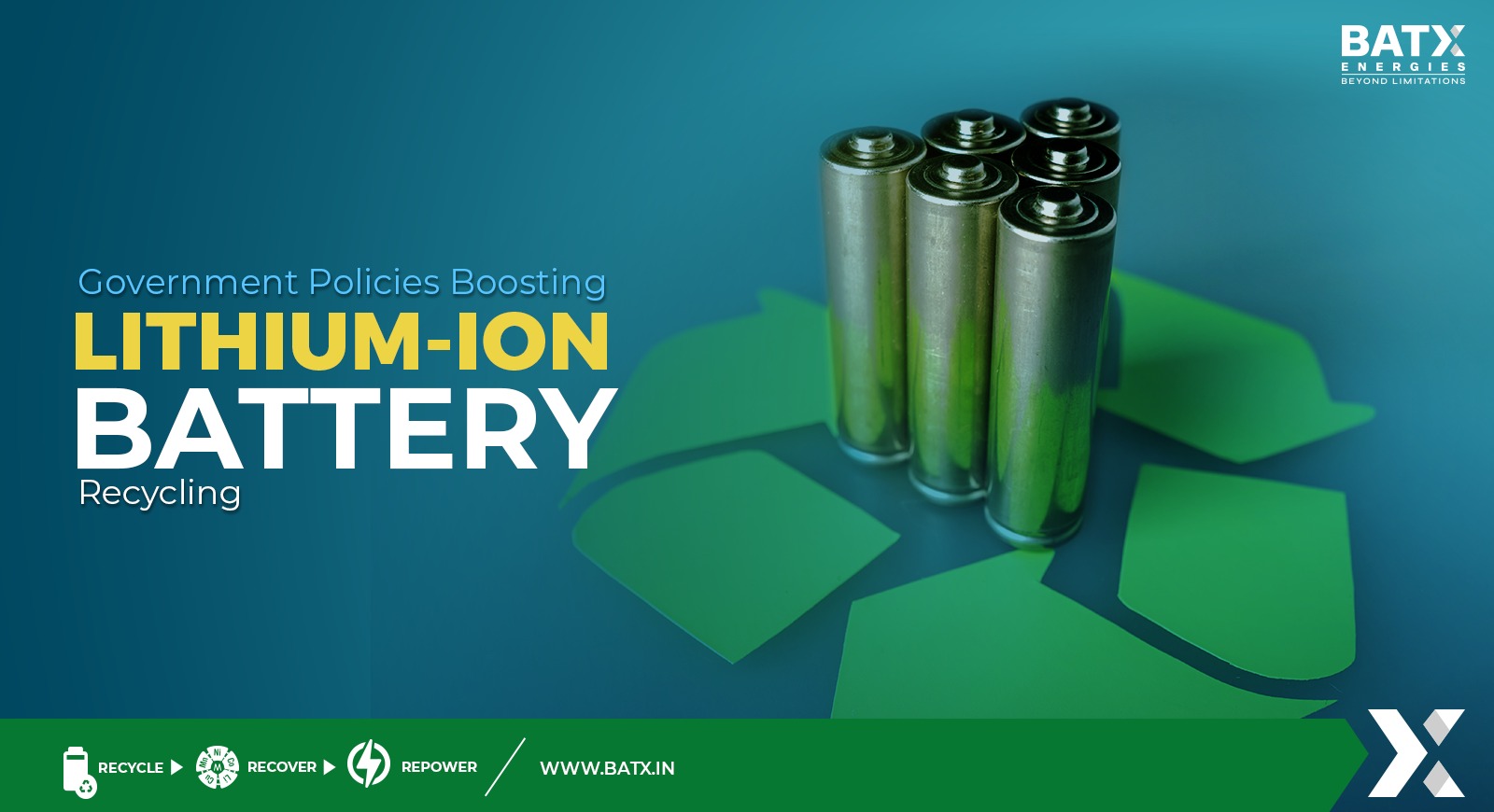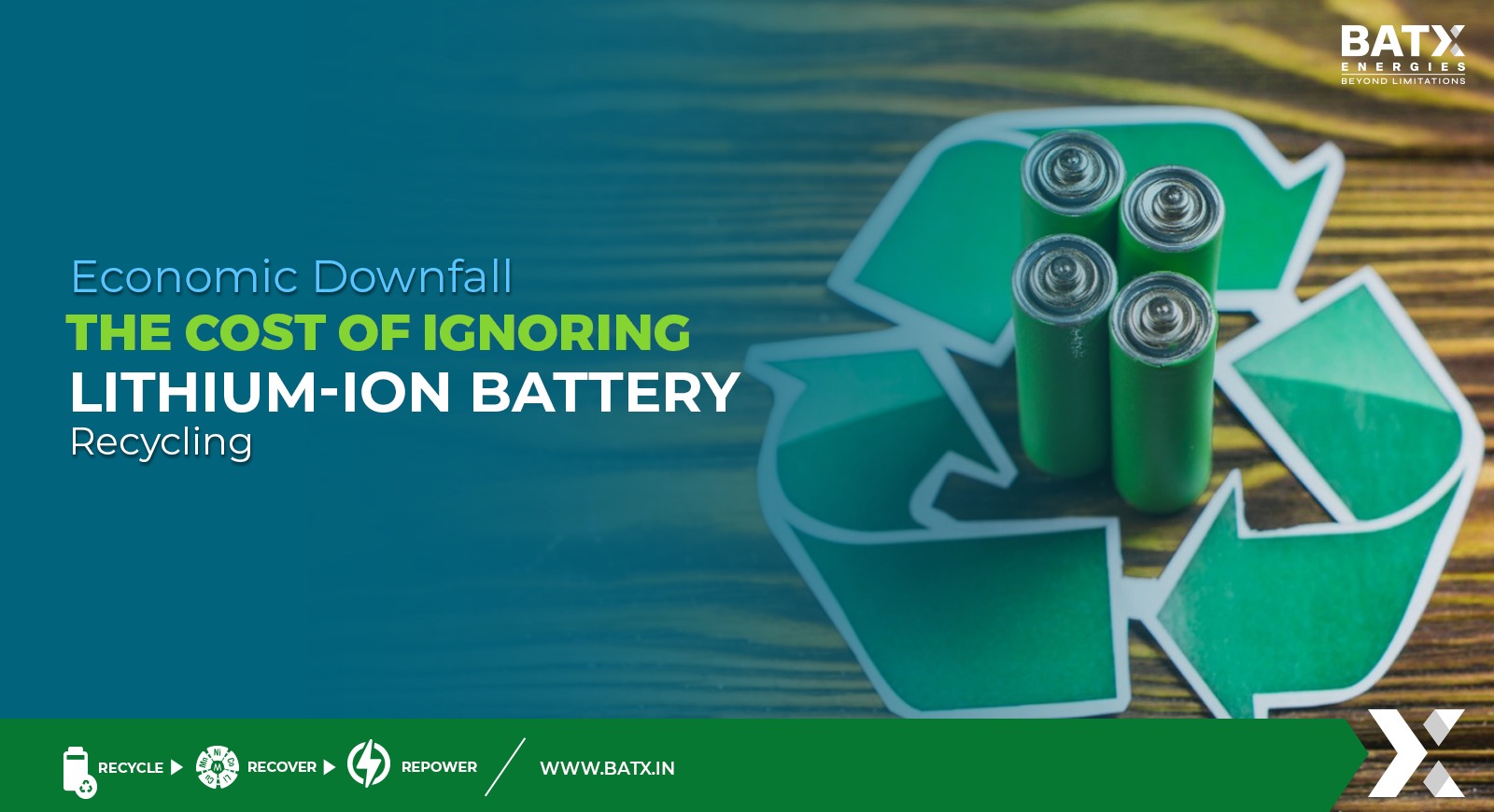There has been considerable news coverage of EV Scooters catching fire time and again. As many as 20 electric scooters from Jitendra EV caught fire near the company’s factory in Maharashtra’s Nashik on April 16th, 2022. According to reports, the two-wheelers were being transported to Bengaluru in a container when the fire broke out. There is the fifth incident involving electric two-wheelers catching fire over the past three weeks – on March 26, 2022, an Ola S1 Pro electric scooter was the first victim in Pune, followed by another fire-related incident of an Okinawa electric scooter in Vellore, Tamil Nadu. As a result, battery manufacturers are now being cautious and are assuring exhaustive tests and technology to deal with the overheating issue. Such incidents are a major cause of concern for stakeholders in the electric vehicle (EV) industry and their customers. These short circuits happen because of poor cell quality, shoddy battery design (12 cells are packaged and connected to build a battery with a capacity of 3kWh) and poor battery management system (BMS) wherein cells aren’t adequately managed with the right sensing and software intelligence.
The EV Scooters available in India mostly come packed with Lithium-ion batteries. These batteries can catch fire if they have been improperly manufactured or damaged, or if the software that operates the battery is not designed correctly. During the discharge of electricity, the motor connects the anode and cathode in a ‘controlled fashion’, following which a controlled flow of current is drawn from the cells.
One such cause for internal short-circuiting in the battery is poor cell quality. Shortcomings in battery manufacturing cause the accidental connection of the anode and cathode, which short circuits the regular path of the current. This is what eventually causes a fire. But when these cells short circuit, they also release flammable gasses through a process that lessens the probability of a thermal runaway called cell venting. More than poor cell quality, it’s the battery packaging design that has the strongest bearing on safety. Battery packaging refers to the way manufacturers assemble the cells, join them electrically and hold them together
Temperature affects life and performance of the battery, but it doesn’t result in a fire. For a Lithium-ion battery to catch fire, you need to get to a few hundred degrees Celsius. That’s not possible through ambient heat or the heat generated by an operational battery. Fundamentally, there has to be a short circuit for the battery cell to hit that sort of temperature which results in it catching fire. This can happen due to excessive rough use of the EV and improper charging
While one was using a more temperature-sensitive battery, at the battery pack level there were no design measures taken to ensure that it’s thermally cooled properly. Also, no fire suppressant materials were built into the battery pack because that may lead to additional costs, volume and weight requirements in the vehicle. To reduce cost and ensure greater battery range besides other features, OEMs cut corners and then launch these products without all of the right design choices.
Electric car batteries are heavy (e.MG ZS EV batteries weigh over 250 kgs). By placing the battery on the vehicle floor, the centre of gravity of an electric car is lower than that of a conventional vehicle, making it more stable and less likely to roll over. Electric cars require fewer parts, leaving more room for deformation. In the event of a collision, the car protects passengers by absorbing the impact in the flattened area. With greater freedom of movement, it is easier to carefully plan the crumpled area of an electric vehicle, thereby providing better protection for front and rear, side and rear passengers.



